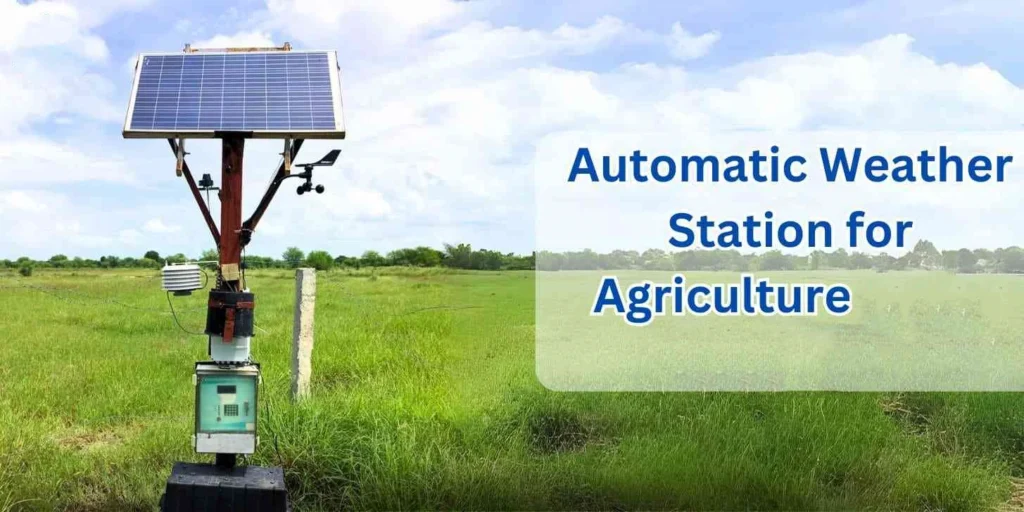
# Automatic Weather Station: Definition and Functionality
## What is an Automatic Weather Station?
An Automatic Weather Station (AWS) is a sophisticated system designed to collect and record meteorological data without the need for constant human intervention. These stations are equipped with various sensors that measure environmental parameters such as temperature, humidity, wind speed, wind direction, rainfall, and atmospheric pressure. The data collected by an AWS is typically transmitted to a central database or server, where it can be analyzed and used for various applications, including weather forecasting, climate research, and agricultural planning.
## Components of an Automatic Weather Station
An AWS consists of several key components that work together to provide accurate and reliable weather data:
– Sensors: These are the primary components that measure different weather parameters. Common sensors include thermometers for temperature, hygrometers for humidity, anemometers for wind speed, wind vanes for wind direction, rain gauges for precipitation, and barometers for atmospheric pressure.
– Data Logger: The data logger is responsible for recording the measurements taken by the sensors. It stores the data and can often perform basic data processing tasks.
– Power Supply: AWS systems are typically powered by solar panels, batteries, or a combination of both. This ensures continuous operation even in remote locations.
– Communication Module: This component transmits the collected data to a central server or database. Communication can be achieved through various means, including cellular networks, satellite links, or radio frequencies.
– Mounting Structure: The sensors and other components are mounted on a sturdy structure that is designed to withstand harsh weather conditions and ensure accurate measurements.
## Functionality of an Automatic Weather Station
The primary function of an AWS is to provide real-time and historical weather data. Here are some of the key functionalities:
– Data Collection: The AWS continuously collects data from its sensors at regular intervals, typically ranging from every few seconds to every hour, depending on the specific requirements.
– Data Transmission: The collected data is transmitted to a central database or server using the communication module. This allows for remote monitoring and analysis.
– Data Analysis: Once the data is received, it can be analyzed to identify trends, generate forecasts, and support decision-making processes in various fields such as agriculture, aviation, and disaster management.
– Alerts and Warnings: AWS systems can be configured to send alerts and warnings based on predefined thresholds. For example, if wind speeds exceed a certain level, an alert can be sent to relevant authorities or stakeholders.
– Integration with Other Systems: AWS data can be integrated with other meteorological systems and models to enhance the accuracy of weather forecasts and climate studies.
## Applications of Automatic Weather Stations
Automatic Weather Stations are used in a wide range of applications, including:
– Weather Forecasting: AWS data is crucial for generating accurate weather forecasts, which are essential for planning and decision-making in various sectors.
– Climate Research: Long-term data collected by AWS systems helps researchers study climate patterns and changes over time.
– Agriculture: Farmers use AWS data to optimize irrigation, planting, and harvesting schedules, thereby improving crop yields and reducing resource wastage.
– Aviation: Accurate weather data is vital for flight safety and efficiency. AWS systems provide real-time information that helps pilots and air traffic controllers make informed decisions.
– Disaster Management: AWS data is used to monitor and predict extreme weather events, enabling timely responses and mitigating the impact of natural disasters.
## Conclusion
Automatic Weather Stations play a crucial role in modern meteorology and environmental monitoring. By providing accurate and timely weather data, they support a wide range of applications that benefit society as a whole. Whether it’s improving agricultural productivity, enhancing aviation safety, or aiding in disaster management, AWS systems are indispensable tools in our quest to understand and adapt to the ever-changing weather and climate.
Keyword: what is automatic weather station
